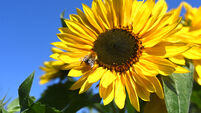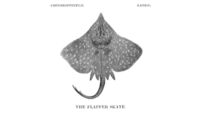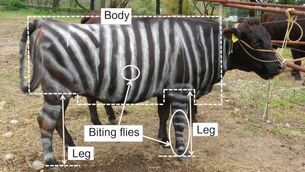Anja Murray: Charismatic waterbirds arriving from afar this winter
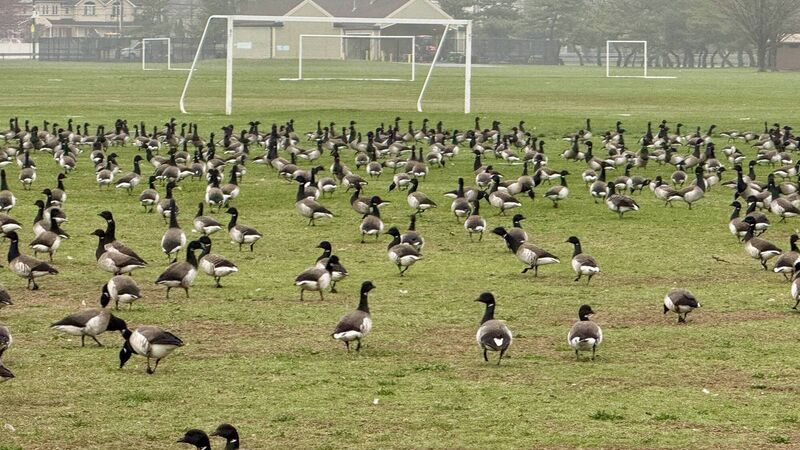
Anja Murray: "Barnacle geese, pink footed geese, graylag geese and brent geese all start arriving in October, having navigated over vast landmasses and oceans without any modern technology, still following the routes that their ancestors have flown for thousands of years. Some spend the winter feeding on seagrass and algae along coastal wetlands and estuaries, as well as football fields and parklands where grazing is good."
As October arrives, so too are thousands of wintering birds.
Small songbirds, including blackbirds from Norway and Sweden, come here to escape the intense cold of their homeland, though these are not generally regarded as migratory birds.
Cuckoos, swifts, swallows and house martins have flown south for the winter.
In their wake, swans, geese, ducks and black-tailed godwits are some of the species soon to be arriving in estuaries and wetlands all around Ireland, as well as waders such as curlew and sandpipers.
One of the best things about October is the return of wintering birds, each species with their own backstory and life strategies.
Whooper swans are the biggest of the winter migrants, in fact they are among the largest and heaviest flying birds in the world. Their disappearance each spring, when they depart for breeding grounds in Iceland, has been the basis of much of our folklore, the mystery of their return each autumn a source of wonderment too.
The 1,300-kilometre journey back from Iceland each year is made without stopping, so eager are the swans to return to the favourite wintering sites along the Shannon wetlands and coastal areas.
Whooper swans have been flagged as a species of conservation concern in Ireland, so it is welcome news from the last swan census that their numbers are up by 25% compared to 2015.
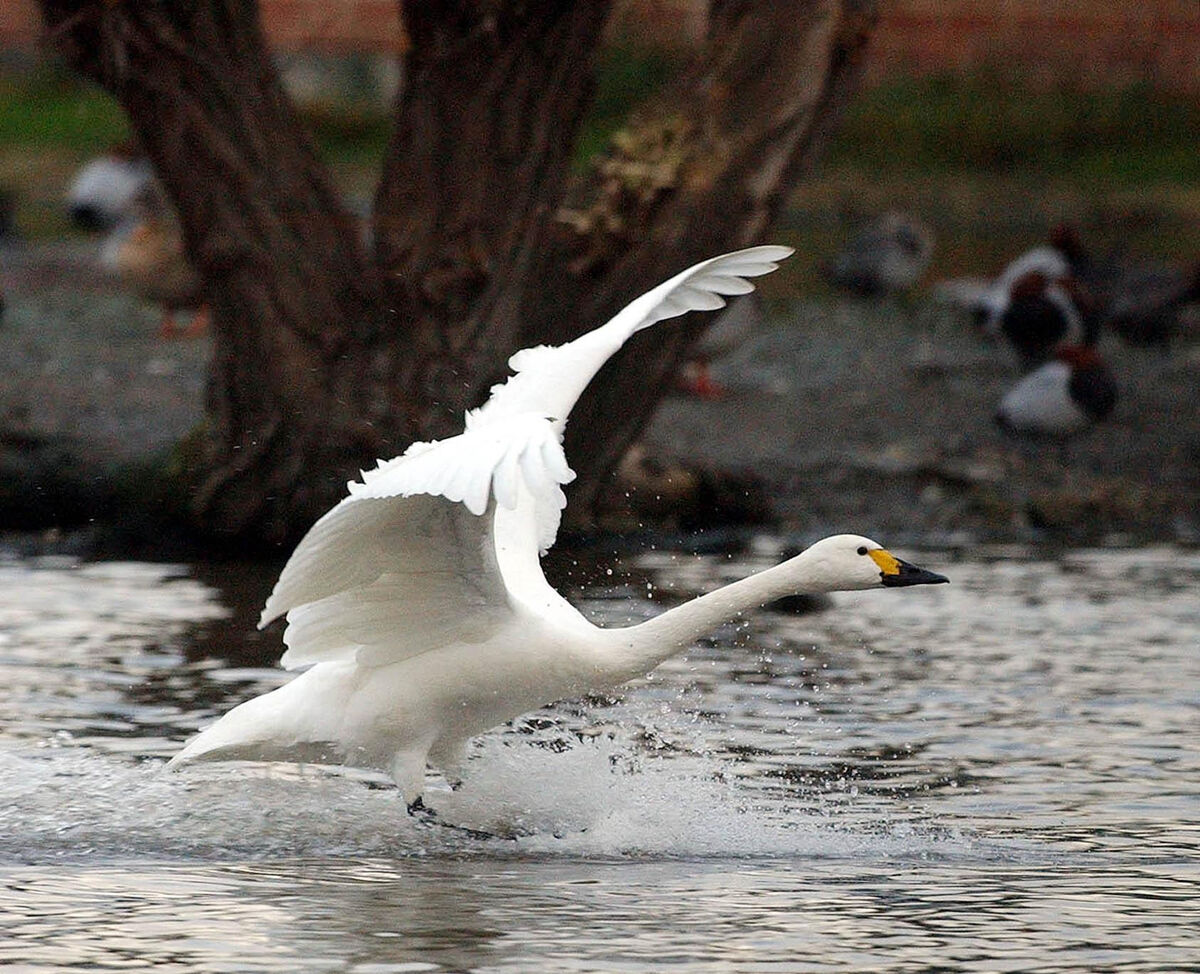
Bewick’s swan, was until recently, an regular winter visitor here. Bewick’s swans breed through the summer in Arctic Russia and disperse across northern Europe for the winter.
With milder winters now, a result of climate change, Bewick’s swans no longer need to undertake the long journey here and back each year. In the context of an overall decline in their population internationally, the future is unknown for these smallest of the swan species.
The more familiar mute swans, seen on canals and other waterways all year round, are a common and widespread species that were domesticated until about the 1800s. Those we see about now are descended from those domesticated swans.
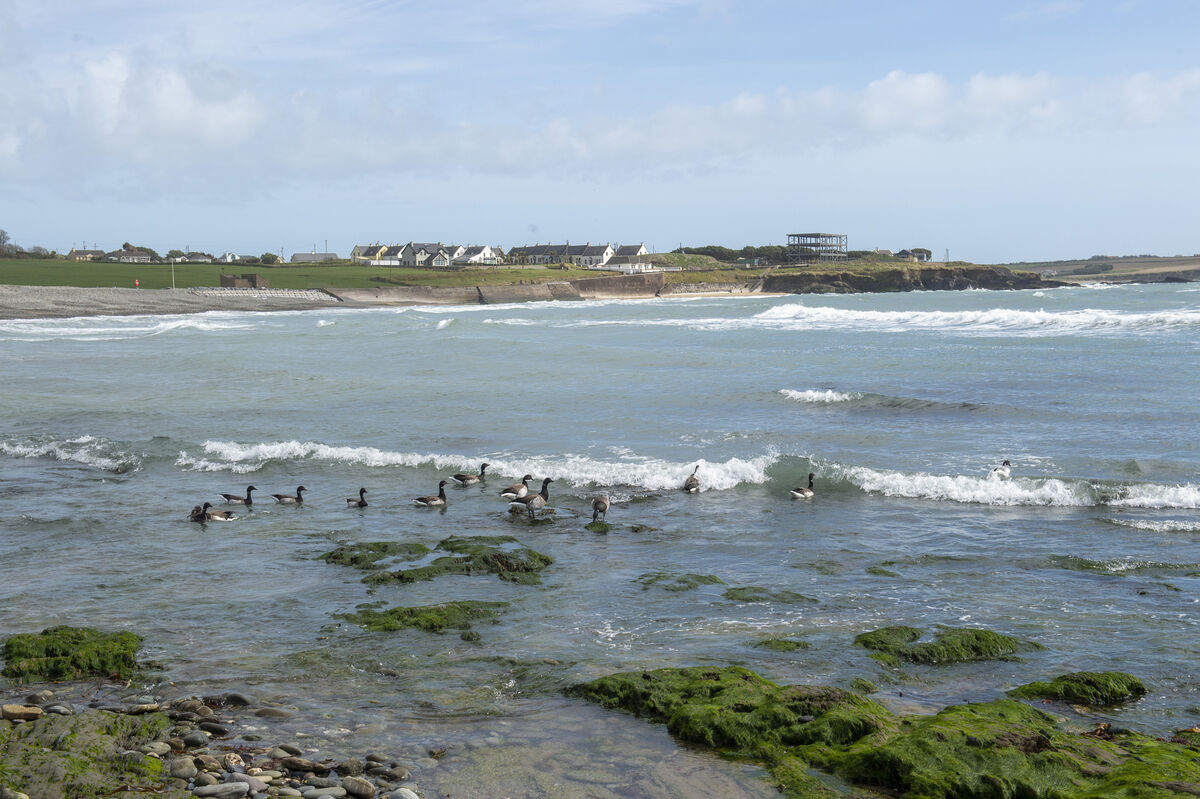
Wild geese are just as charismatic and noisy as swans, arriving here from October onwards, announcing themselves with loud honking calls from high in the air. I love to hear this sound — a communication between extended family members flying together, maintaining communication in a ‘sonic chain’ of honking calls that helps the cohesion of the group. Young birds born this summer have made the journey too, alongside parents and other family members.
Barnacle geese, pink footed geese, graylag geese and brent geese all start arriving in October, having navigated over vast landmasses and oceans without any modern technology, still following the routes that their ancestors have flown for thousands of years.
Brent geese (correctly called Light-Bellied Brent Geese) fly the farthest, all the way from remote regions of Arctic Canada — a journey of almost 5,000 kilometres. They spend the winter feeding on seagrass and algae along coastal wetlands and estuaries, as well as football fields and parklands where grazing is good.
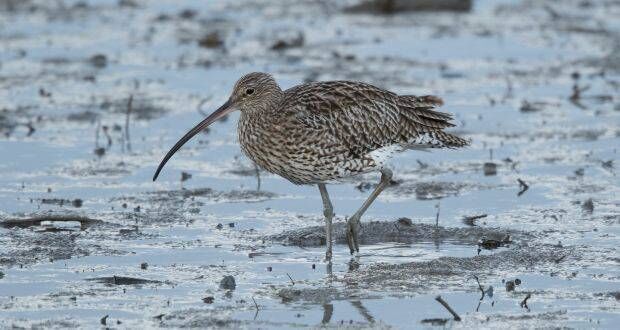
Curlew are among our most distinguished waders, especially noticeable because of their distinctive clear and melodious call and the long, downward curved bill that makes these birds easy to recognise. Resident, breeding curlew stay here all year round, traditionally moving from uplands and boggy areas to the coast once breeding season is over.
Up until the 1980s, these breeding curlew were common in every county, breeding among rough, wet rushy fields and in soft wet boggy ground. Now however, only an estimated 100 pairs remain.
Because curlew are a common sight around our coasts from August onwards, people often question whether these birds could really be suffering the dramatic declines reported. The ones we see around the coast from late summer onwards are mostly the migrants who arrive here from Scandinavia and Baltic Europe, escaping the cold winters there and feeding in coastal estuaries until spring invites them north again.
Oi ref, penalty - wild foul in the penalty box! Brent geese on a football pitch in North Norfolk today. #footballingwildfowl pic.twitter.com/DJ8aen6wHX
— James Graham (@JamesGraham41) January 27, 2023
Much of what we know about wintering waterbirds is thanks to the Irish Wetland Bird Survey (I-WeBS ) which takes place every winter. Over 30 seasons, hundreds of skilled volunteers, along with NPWS rangers and BirdWatch Ireland staff have been monitoring wintering waterbird populations in more than 450 wetland sites across the country. This enormous survey effort is coordinated by BirdWatch Ireland and funded by the National Parks and Wildlife Service.
It is this data that offers us insights about population change over time, both nationally and internationally, and feeds researchers with the information to understand how pressures such as land use change and climate change are impacting wildlife, which in turn helps inform policy developments and conservation actions.
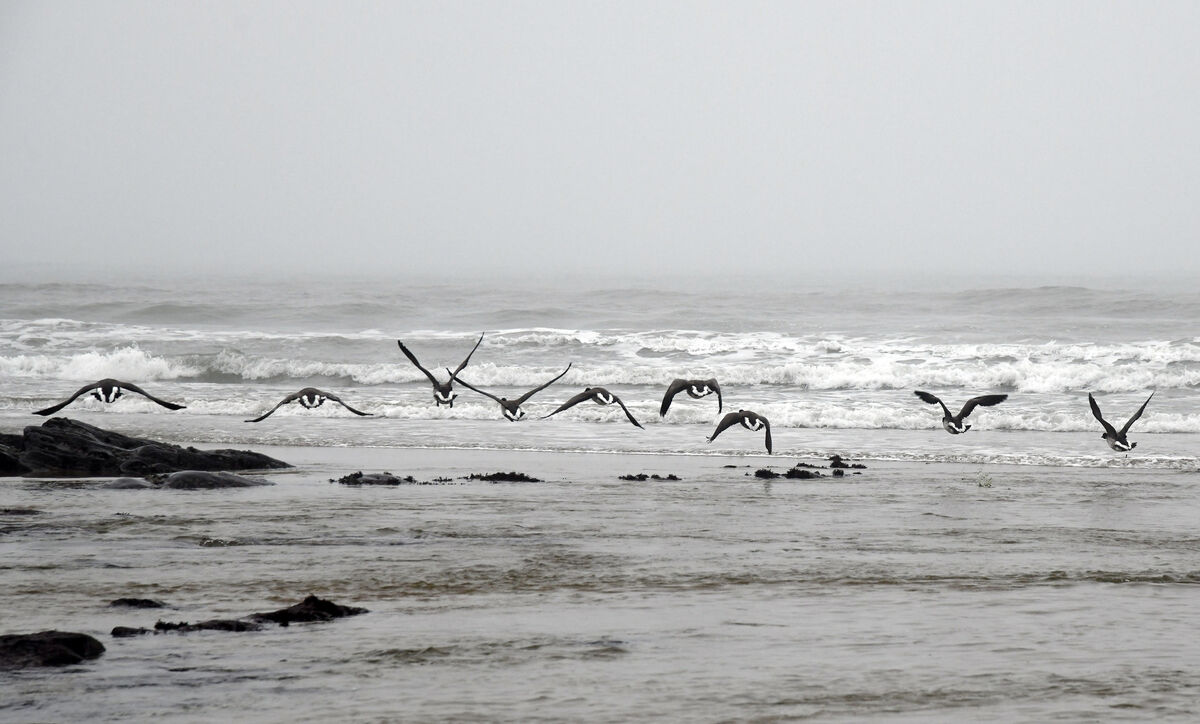
Good data is also how we can assess the reality against perception. Shifting baseline syndrome is the phenomenon where each generation accepts environmental conditions that they experience as normal, instead of realising just how degraded conditions are compared to several decades ago, like an intergenerational amnesia. Data, such as how many birds of what species are in what place at any given time of year, builds a picture of long-term change.
Ireland is fortunate to have relatively easy access to many of the sites where these wintering waterbirds can be observed, even for those living in cities.
Visiting a wetland site with a pair of binoculars or a telescope is a wonderful way to spend a few hours, watching how flocks feed and move with the tides. Be sure to leave the dog at home, and take care not to disturb these winter visitors yourselves. They are just building up their energy after such a long migration, so feeding time when the tide is out is critical.
Disturbance, especially from dog walkers, is having an enormously damaging impact on these species. Those that are regularly pestered by curious dogs or people are known to abandon traditional feeding sites if and when the energy gained feeding is cancelled out by the energy needed to take flight each time a disturbance arises.






